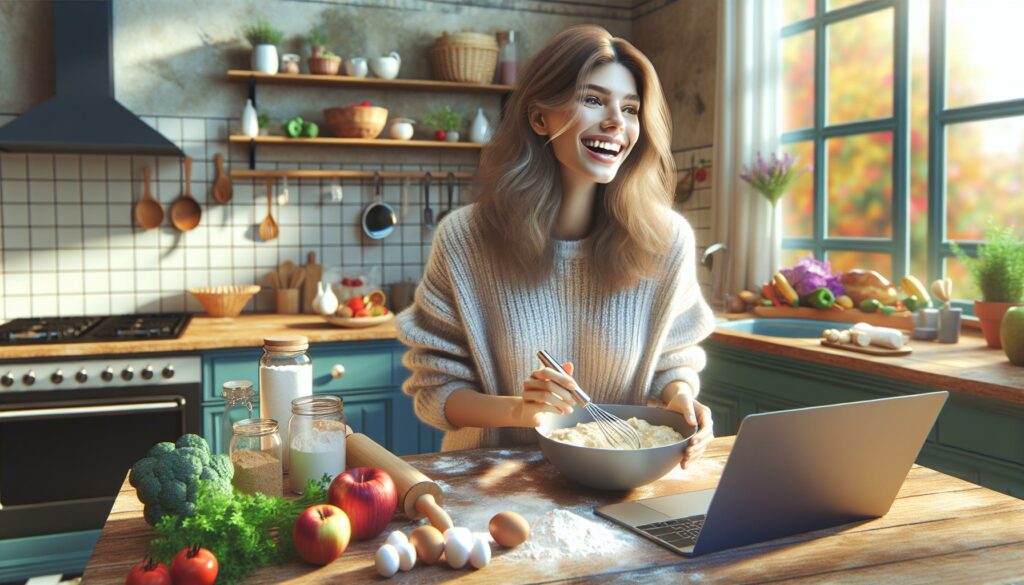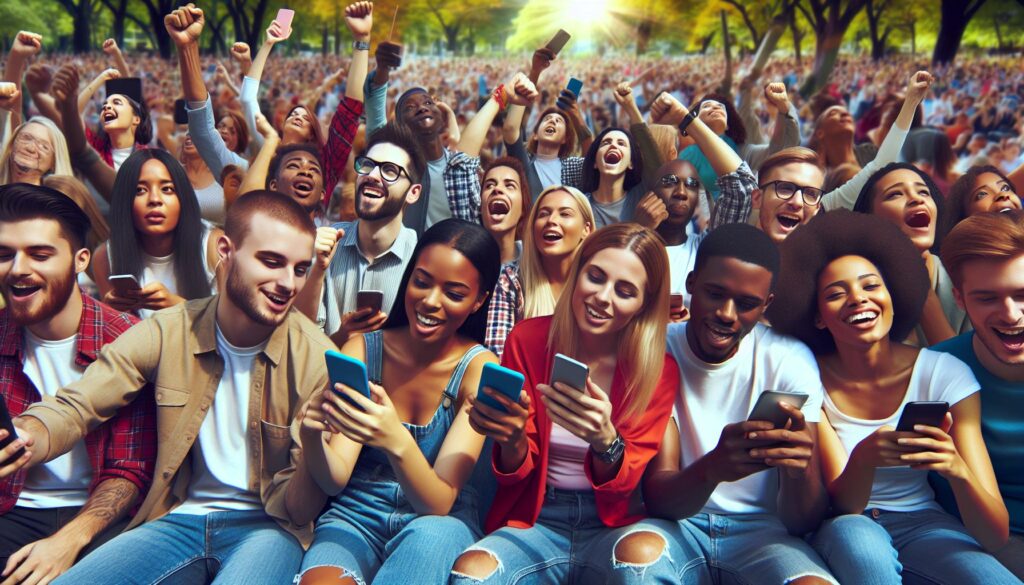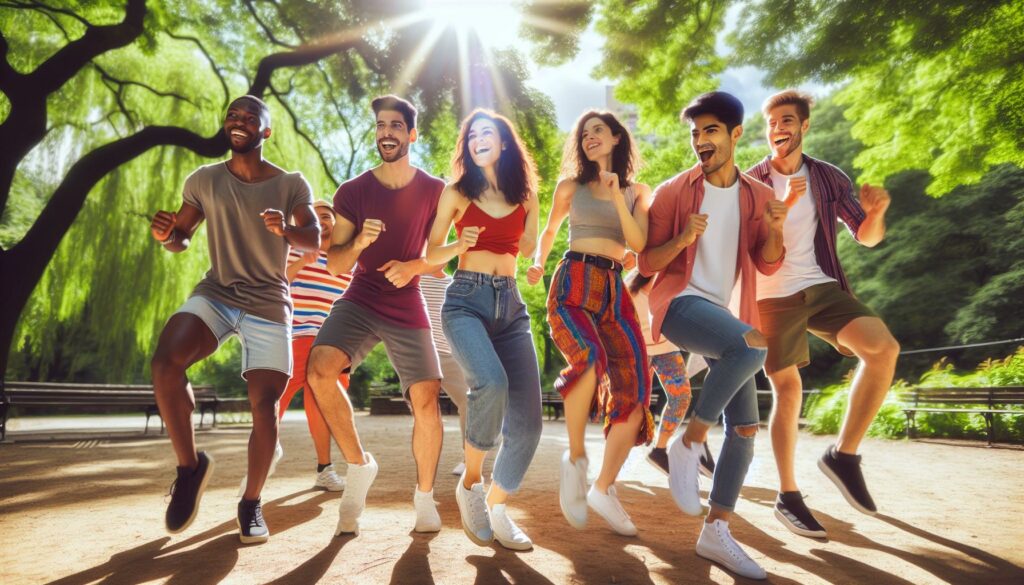As the world hit pause during quarantine, social media transformed into a vibrant playground of creativity and connection. Suddenly, everyone became a chef, a DIY expert, or a TikTok dance sensation. Who knew that sourdough bread and banana bread would become the culinary heroes of 2020? With boredom as the backdrop, users flocked online to share their quirky trends, turning mundane moments into viral sensations.
From hilarious challenges to heartwarming acts of kindness, these quarantine trends not only entertained but also united people across the globe. It’s fascinating how a global health crisis sparked a digital renaissance, giving rise to memes that had everyone rolling on the floor laughing. Dive into the world of quarantine trends on social media and discover how these quirky phenomena shaped our online lives while keeping spirits high during uncertain times.
Quarantine Trends on Social Media
Social media transformed into a vibrant platform for creativity during quarantine. Users turned to cooking, with trends like sourdough and banana bread rising in popularity. Engaging in DIY projects became common as people sought to fill their extra time. Viral challenges captured attention, encouraging participation across various platforms.
Acts of kindness also surged, showcasing community spirit in unprecedented ways. Memes proliferated, offering comedic relief amid chaotic times. The “See a Need, Fill a Need” movement exemplified how social media facilitated collective support. This digital renaissance reflected people’s adaptability and resilience.
Online workout sessions gained traction, promoting fitness at home. Virtual happy hours emerged as alternatives to in-person gatherings, fostering social connections. Live streaming events hosted by artists provided entertainment, bridging the gap between creators and audiences.
Interactive content, such as polls and quizzes, engaged users, allowing them to express opinions and share experiences. The prominence of home tours and personal stories helped individuals feel connected despite physical distance.
Overall, these trends not only entertained but strengthened virtual communities, demonstrating the power of social media during challenging times. They created shared experiences, enabling people to navigate uncertainty together.
Popular Platforms and Their Role
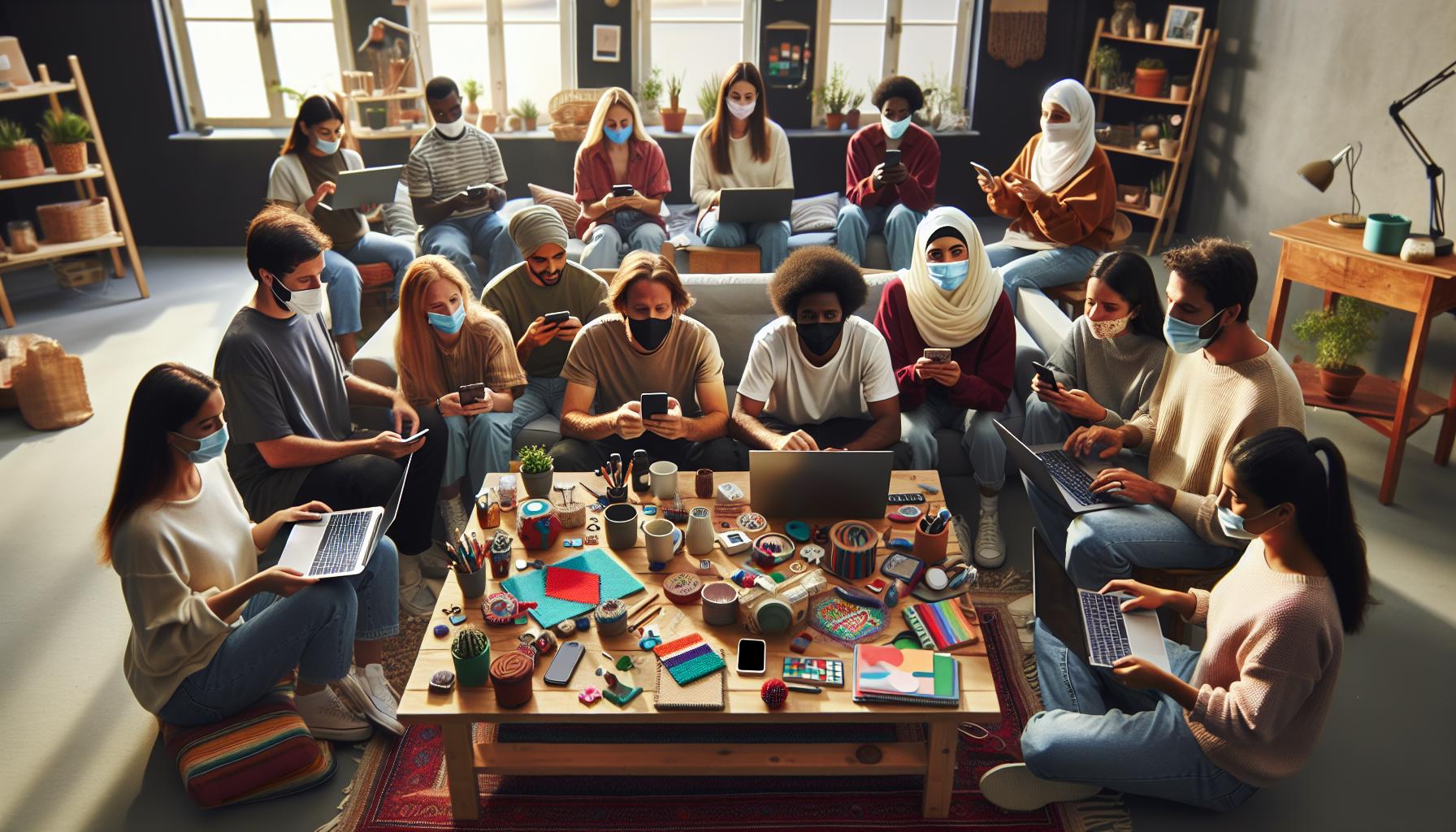
Social media platforms played a crucial role in maintaining connections during the quarantine. Users flocked to various channels, each facilitating unique forms of engagement.
Facebook’s Community Engagement
Facebook emerged as a primary platform for community building. Users shared support groups, focused on mental health and hobbies, creating safe spaces for conversation. The platform also fostered events that kept friends and family engaged virtually, allowing members to attend live workouts or participate in book clubs. Such initiatives strengthened local and global connections, enabling individuals to find like-minded people despite isolation.
Instagram’s Visual Storytelling
Instagram served as a canvas for creativity and visual storytelling. Users showcased baking creations, DIY projects and home transformations through posts and reels, embracing the artistic aspects of quarantine life. Hashtags like #StayHomeChallenge and #SourdoughBread inspired participation, leading to viral trends and fostering a sense of shared experience. This emphasis on visuals not only entertained but also motivated users to explore and share their creativity in novel ways.
Twitter’s Real-Time Conversations
Twitter became a hub for real-time conversations and updates. Users engaged in discussions about news, shared experiences, and connected through trending topics related to quarantine life. Punchy tweets and memes provided comic relief during stressful times, while threads allowed for deeper conversations about social issues. The fast-paced nature of Twitter enabled users to stay informed, sparking dialogue and community initiatives that brought attention to pressing matters.
Types of Quarantine Trends
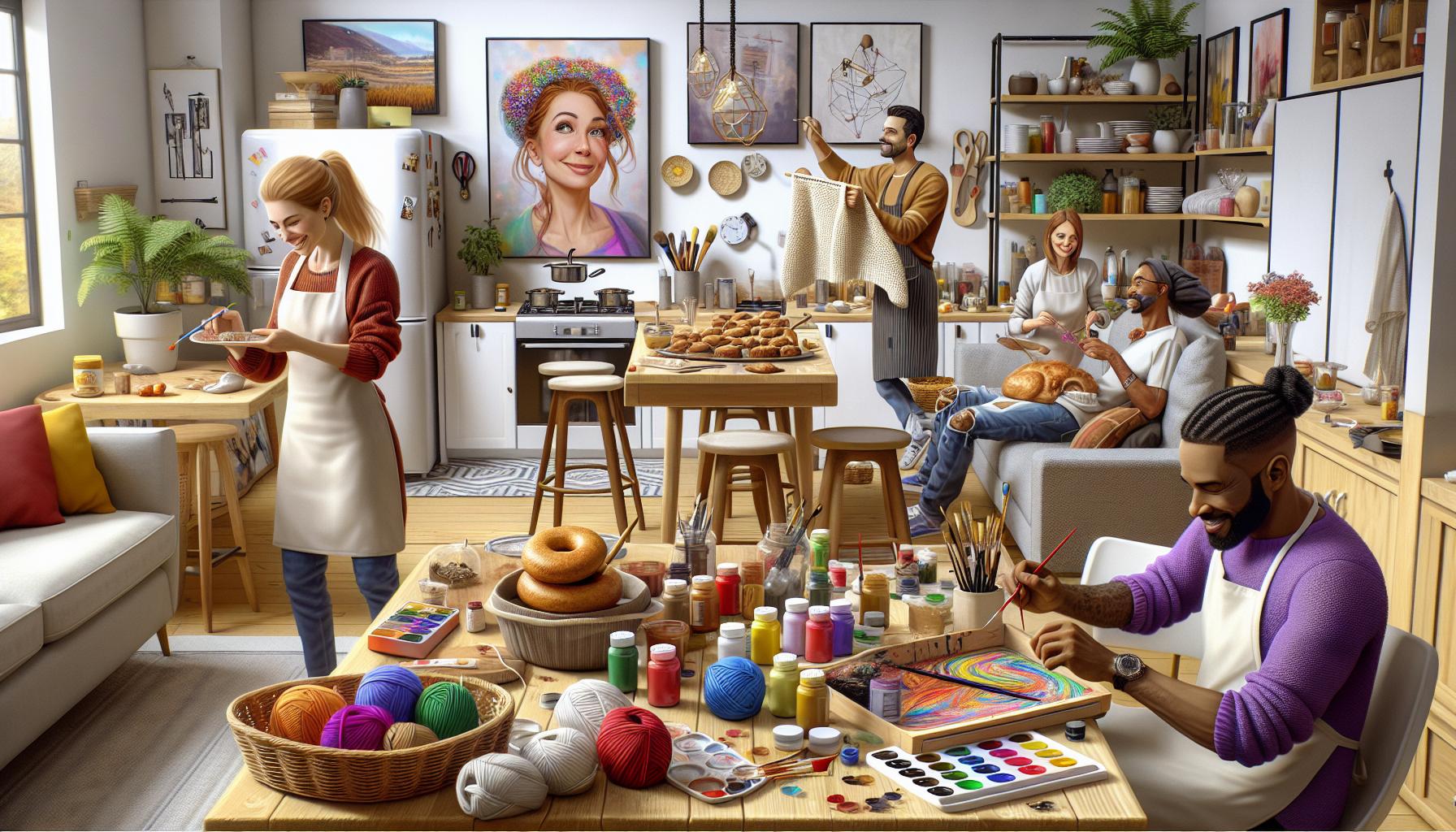
Various quarantine trends on social media, showcasing creativity and connection during isolation. These trends highlight the diverse ways individuals engaged and entertained themselves while navigating the challenges of the global health crisis.
Challenges and Viral Hashtags
Unique challenges took over social media feeds, encouraging users to participate and share their experiences. The “Binge-Watch Challenge” and “Don’t Rush Challenge” prompted users to showcase their favorite shows and transformations. Viral hashtags like #QuarantineLife and #StayHomeTogether united individuals around shared experiences, creating a sense of community. These trending hashtags often included personal stories and memes that spread joy and laughter amidst uncertainty.
Creative Content and DIY Projects
Engagement with creative content soared, as DIY projects became outlets for self-expression. Users demonstrated their baking skills through videos and photos, sparking trends like sourdough-making and banana bread-baking. Various creative challenges, such as painting and crafting, encouraged sharing and collaboration. Home improvement projects gained traction, with individuals transforming their living spaces and documenting the process online. Social media platforms became filled with inspiration, revealing the artistic sides of many users during quarantine.
Impact on Mental Health
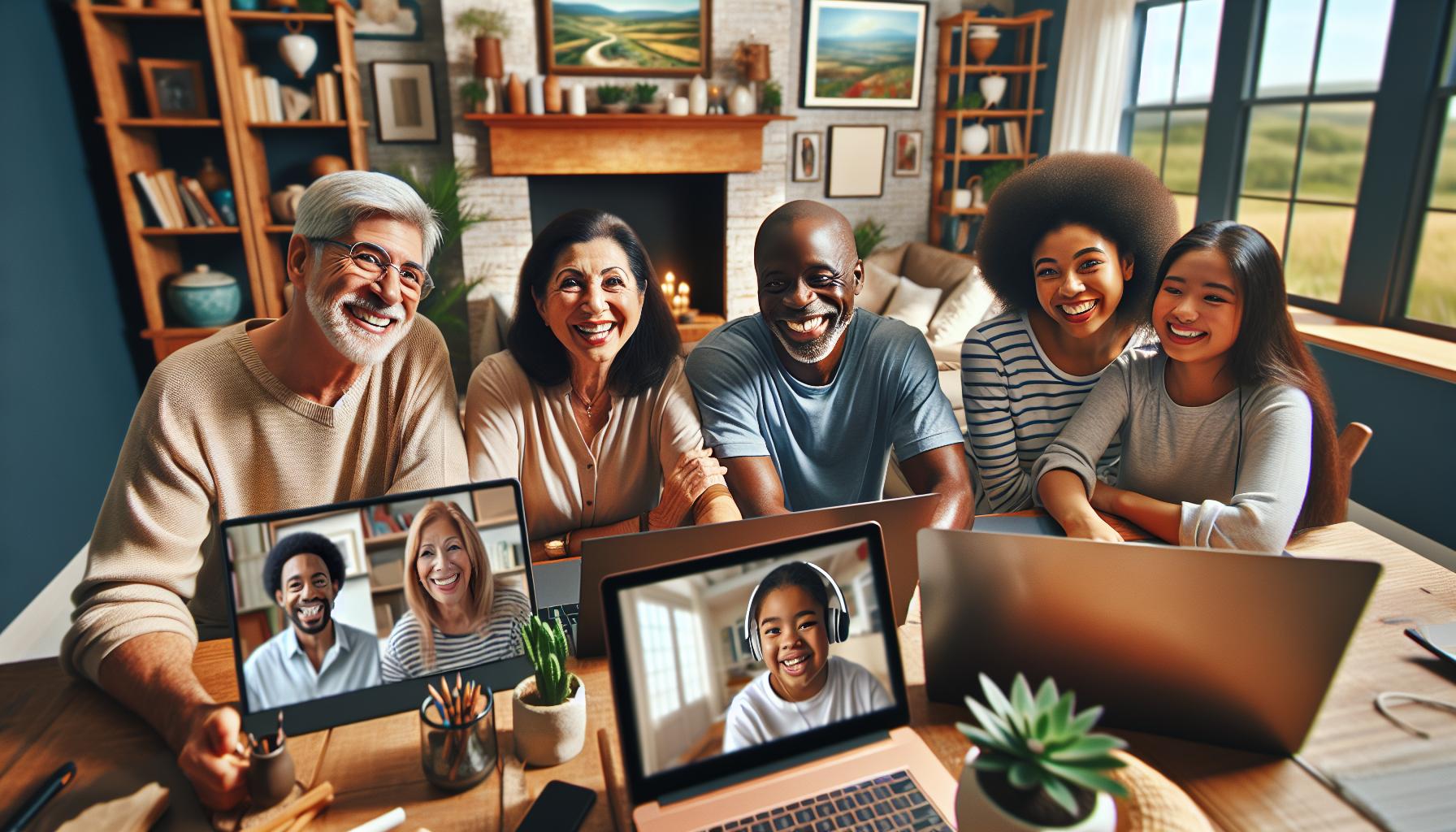
Social media significantly influenced mental health during the quarantine, showcasing both the benefits of online connection and the challenges posed by isolation.
Positive Effects of Online Connection
Online connection provided vital support during challenging times. Social media platforms allowed individuals to share feelings and experiences, fostering a sense of belonging. Virtual hangouts and group chats helped maintain friendships, bridging the gap created by physical distancing. Acts of kindness, like sharing resources and offering emotional support, amplified community spirit. Creative engagements such as cooking challenges encouraged users to bond over common interests, showcasing talents and encouraging collaboration. As mental health conversations gained traction, users felt more comfortable discussing their struggles, reducing stigma surrounding mental health issues. Overall, these online interactions helped alleviate feelings of loneliness, reinforcing social ties and enhancing overall well-being.
Negative Effects of Isolation
Isolation, while sometimes mitigated by online interactions, still took a toll on mental health. Constant exposure to social media could lead to feelings of inadequacy, as users compared their lives to others’ curated posts. Anxiety often spiked due to information overload, particularly concerning news and updates related to the pandemic. The pressure to engage in creative trends added stress, making some feel as though they weren’t measuring up. Additionally, screen time increased significantly, leading to fatigue and diminishing mental clarity. These negative effects of isolation created a complex landscape where users navigated both connection and comparison, impacting mental health in profound ways.
Vital Space For Creativity And Connection
The quarantine period reshaped social media into a vital space for creativity and connection. Users found solace in sharing their experiences through trends that brought joy and unity during challenging times. From baking challenges to virtual gatherings, these activities fostered a sense of community that transcended physical distance.
While social media provided a platform for creativity and support, it also highlighted the complexities of online engagement. Users navigated the fine line between connection and comparison, impacting their mental health in various ways. Ultimately, the trends that emerged during quarantine not only entertained but also showcased the resilience of individuals as they adapted to a new normal.

